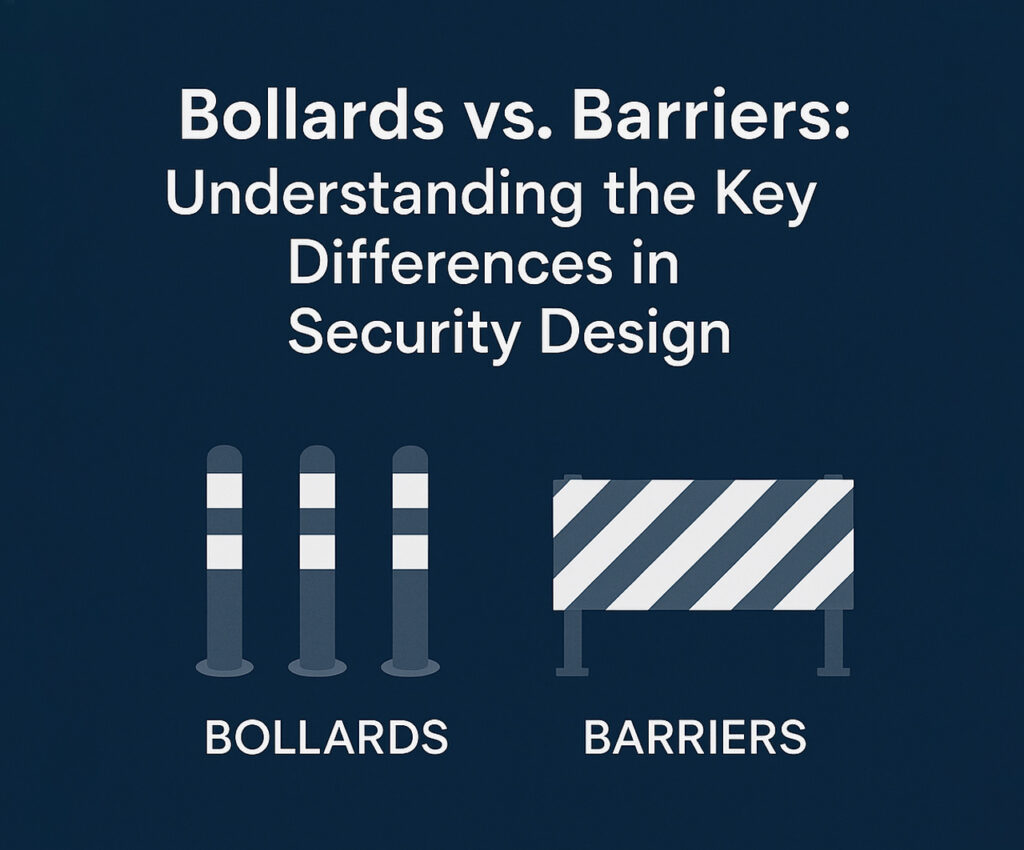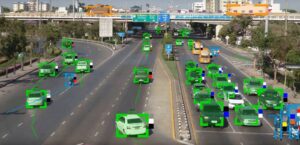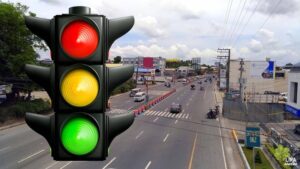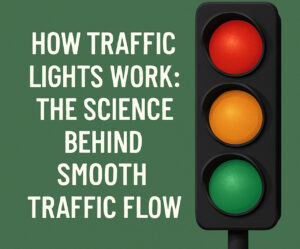In any discussion around securing public or private spaces, the terms traffic barriers, road barriers, and concrete road barriers come up often—and usually in the same breath as bollards. While all of these serve the shared goal of managing vehicle access and enhancing security, they are far from interchangeable. Each offers unique strengths, and understanding those differences is essential whether you’re a city planner, event organizer, business owner, or simply looking to safeguard a property.
This article explores what separates from barriers, how each functions in real-world scenarios, and what factors you should consider when deciding between them. Know more..
What Are Bollards?
Bollards are short, vertical posts designed to control or direct road traffic. Often made from steel, concrete, or plastic, bollards are most commonly used to:
- Prevent vehicle access
- Protect pedestrians
- Create visual perimeters
Bollards can be fixed, removable, or retractable. They blend aesthetics with function, often doubling as architectural elements. While bollards are not typically classified as traffic barriers, they do serve a similar purpose in light-duty applications where stopping or diverting vehicles is key.
What Are Barriers?
Traffic barriers are designed to stop or redirect moving vehicles, making them vital in high-risk environments such as highways, event perimeters, and construction zones. The category includes various forms, from plastic water-filled barricades to solid concrete road barriers.
Barriers are engineered for impact resistance and can range from lightweight, temporary setups to heavy-duty, immovable road barriers used in permanent installations.
Key Differences Between Bollards and Barriers
Understanding the nuances between bollards and barriers can help you choose the right tool for the job.
1. Purpose
- Bollards: Best suited for pedestrian safety, aesthetic perimeters, and vehicle deterrence rather than outright stopping power.
- Traffic barriers: Designed to stop, slow, or redirect vehicles, particularly in high-speed or high-risk zones.
2. Strength and Durability
- Concrete road barriers and steel road barriers can absorb significant impact and prevent vehicles from crossing into restricted zones.
- Bollards, depending on their design, might bend or yield upon impact, making them less effective in high-speed collisions.
3. Mobility and Flexibility
- Bollards can be removable or collapsible, offering more flexibility in urban or retail settings.
- Most traffic barriers, especially concrete road barriers, are semi-permanent or fixed due to their weight and bulk.
4. Design and Aesthetics
- Bollards often prioritize visual appeal and can be customized to match architectural themes.
- Barriers prioritize function over form and typically appear in high-visibility colors (e.g., orange or white) for maximum awareness.
Applications: Where They Shine
Bollards:
- Storefronts
- Pedestrian walkways
- Sidewalk cafes
- School entrances
- Bike paths
They are ideal where you want a visible boundary without a harsh or industrial appearance.
Traffic Barriers:
- Highways and expressways
- Construction zones
- Military bases
- Stadiums during events
- Airports
In situations where controlling or halting vehicle access is mission-critical, road barriers and especially concrete road barriers are the go-to solution.
Case Study: Urban Retail Space
A retail center in a downtown area wants to prevent cars from accidentally driving onto a pedestrian plaza. In this scenario, fixed steel bollards are installed. These blend into the urban environment and allow free pedestrian flow while offering adequate protection from low-speed vehicle intrusions.
Had the plaza been near a busy roadway or susceptible to high-speed accidents, installing traffic barriers would have been necessary to provide an added layer of defense.
Case Study: Highway Work Zone
A highway construction zone requires both lane separation and impact protection. Here, contractors deploy a combination of water-filled barriers and concrete road barriers to separate workers from high-speed traffic. These road barriers are critical to absorbing vehicle impacts and keeping the construction zone safe.
Bollards would not provide the necessary strength or coverage in such a high-risk environment.
Temporary vs. Permanent Solutions
Traffic barriers come in various forms depending on the duration of need:
- Plastic barriers: Lightweight and fillable with water or sand for temporary events
- Concrete road barriers: Used for long-term or permanent setups, offering unmatched strength
Bollards also offer versatility:
- Removable bollards: Installed in retail or venue spaces for flexibility
- Retractable bollards: Can be lowered to allow vehicle access when needed
Choosing the right option depends on the balance between security needs and daily functionality.
Legal and Regulatory Standards
Both bollards and traffic barriers may be subject to local or federal regulations, especially when used on public roads or around critical infrastructure. For example:
- Crash-rated bollards must meet ASTM or PAS standards
- Concrete road barriers used on highways often follow DOT (Department of Transportation) requirements
Consulting with professionals and reviewing regulatory guidelines ensures that your solution is not only effective but compliant.
Choosing Between Bollards and Barriers
Ask yourself:
- What level of impact resistance is needed?
- Is the solution temporary or permanent?
- How much aesthetic integration is required?
- What is the budget?
- Are there space constraints?
If you’re guarding a sidewalk or bike lane, bollards may suffice. If you’re managing a festival or highway construction, traffic barriers or concrete road barriers will offer the safety you need.
The Hybrid Approach
In many cases, combining both makes the most sense. Urban planners may use bollards for visual guidance and road barriers for real physical security. For example, a city event might deploy steel bollards along pedestrian routes and concrete road barriers at vehicle entry points.
Final Thoughts
Security isn’t one-size-fits-all. Whether you choose bollards, traffic barriers, or both, understanding the differences is crucial to making the right call.
Bollards offer sleek, subtle control for pedestrian-friendly environments. Meanwhile, road barriers and concrete road barriers are built for situations where halting a vehicle is a necessity, not a preference.
With the right setup, you don’t just manage traffic—you protect lives, property, and peace of mind.
And in today’s world, that kind of security isn’t optional. It’s essential.





